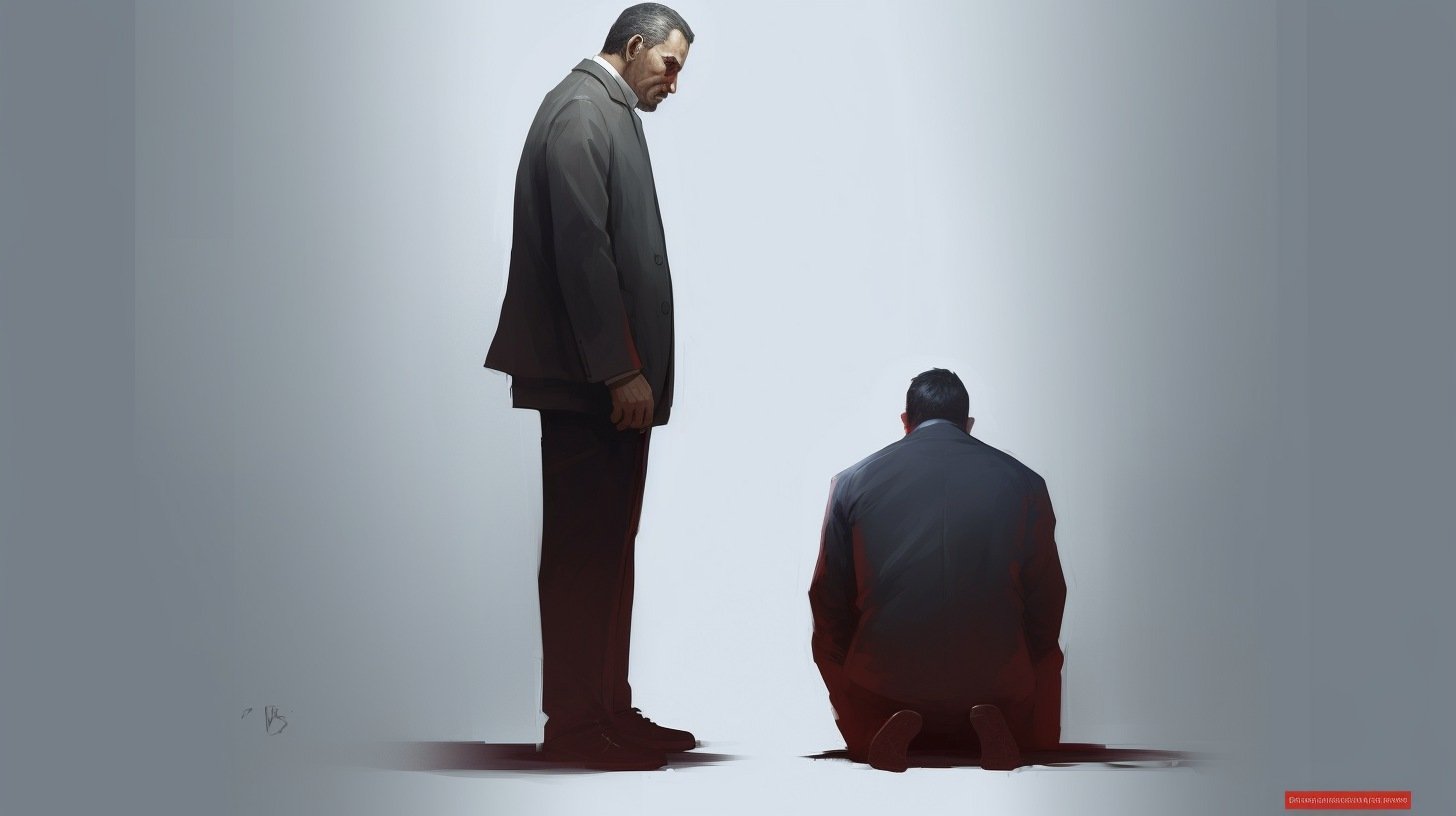5 Painful Truths About Motivation That Demotivate You
Table of Contents Show
In life, motivation plays a starring role. It's the spark that ignites the fire of action, the wind that fills the sails of progress. Yet, like a capricious actor, it often eludes our grasp, leaving us stranded in the wings, script in hand, waiting for our cue. Here, we pull back the curtain to reveal five painful truths about motivation.
1. Motivation is Not Constant
Like the waxing and waning of the moon, motivation ebbs and flows. It is not a steady stream, but a fluctuating tide.
Consider the story of Thomas Edison. His journey to invent the light bulb was not fueled by a constant surge of motivation. Instead, it was a series of highs and lows, of brilliant breakthroughs and disheartening setbacks. Yet, he persevered, understanding that motivation is not a constant companion, but a fickle friend.
Another example is of the world-renowned artist, Pablo Picasso, who understood that motivation and inspiration are not always present, but when they do arise, they come to those who are already in the process of working.
“Inspiration exists, but it has to find you working.”
This highlights the importance of persistence and consistency, even in the face of fluctuating motivation.
2. External Motivation Doesn't Last
External rewards can provide a temporary boost, a fleeting rush of motivation. But like a sugar high, it soon crashes, leaving us lethargic and uninspired.
This concept is supported by the Self-Determination Theory, a psychological framework that posits that people are more motivated when they are driven by intrinsic factors, such as personal growth and fulfillment, rather than extrinsic rewards.
A classic example is the story of the Nobel laureate, Richard Feynman. Feynman was known for his insatiable curiosity and love for physics, not for the potential accolades and rewards. His motivation came from the joy of discovery and understanding, not external validation.
3. Fear Can Hinder Motivation
Fear is the invisible chain that binds us, the silent saboteur of motivation. The fear of failure, of criticism, of success itself, can paralyze us into inaction. Fear itself is understood as a response to perceived threat, mediated by the amygdala, a small almond-shaped structure in the brain. When the amygdala perceives a threat, it triggers a series of reactions designed to prepare the body for a fight or flight response.
While this response can be beneficial in situations of actual danger, it can be counterproductive when the perceived threat is related to our goals or aspirations. In such cases, fear can lead to avoidance behaviors, procrastination, and a decrease in motivation.
Consider the case of Charles Darwin, the father of evolutionary biology. Despite his groundbreaking work on the theory of evolution, Darwin was plagued by fears of criticism and rejection. He delayed the publication of his seminal work, "On the Origin of Species," for nearly two decades due to these fears.
It was only when another scientist, Alfred Russel Wallace, independently arrived at a similar theory that Darwin was spurred into action. This historical anecdote underscores the debilitating impact of fear on motivation.
4. Motivation Requires Action
Motivation is not a passive state of mind but an active pursuit. It is the spark, but action is the fuel that keeps the fire burning.
As Newton's first law of motion states, an object at rest stays at rest, and an object in motion stays in motion. The same applies to motivation. Without action, motivation fizzles out, like a fire without fuel.
This idea is also encapsulated in the adage:
“Action precedes motivation.”
A study in the Journal of Personality and Social Psychology found that individuals who acted on their goals, even when they didn't initially feel motivated, reported higher levels of motivation later on. This suggests that the act of starting can, in itself, generate motivation.
5. Motivation and Discipline Go Hand in Hand
Motivation might get you started, but it's discipline that keeps you going. It's the steadfast ship that sails through the storm when motivation, the fair-weather wind, dies down.
Athletes like Serena Williams didn't reach the pinnacle of their sports solely through motivation. It was their discipline, the ability to train and push themselves even when they didn't feel motivated, that led to their success.
Conclusion
In the end, understanding these truths about motivation is not meant to discourage, but to enlighten. To shed light on its elusive nature and equip us with the knowledge to harness its power. After all, in life, we are not mere spectators, but the playwrights of our own story. And with motivation as our muse, we can write a tale worth telling.

























